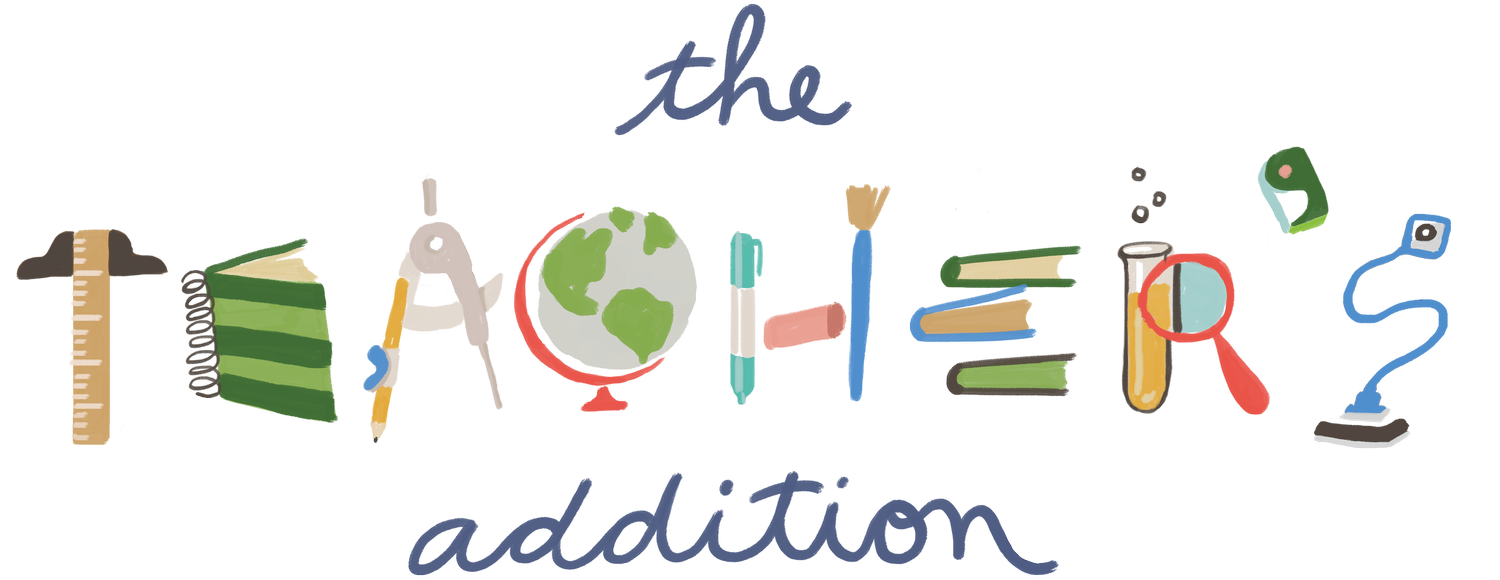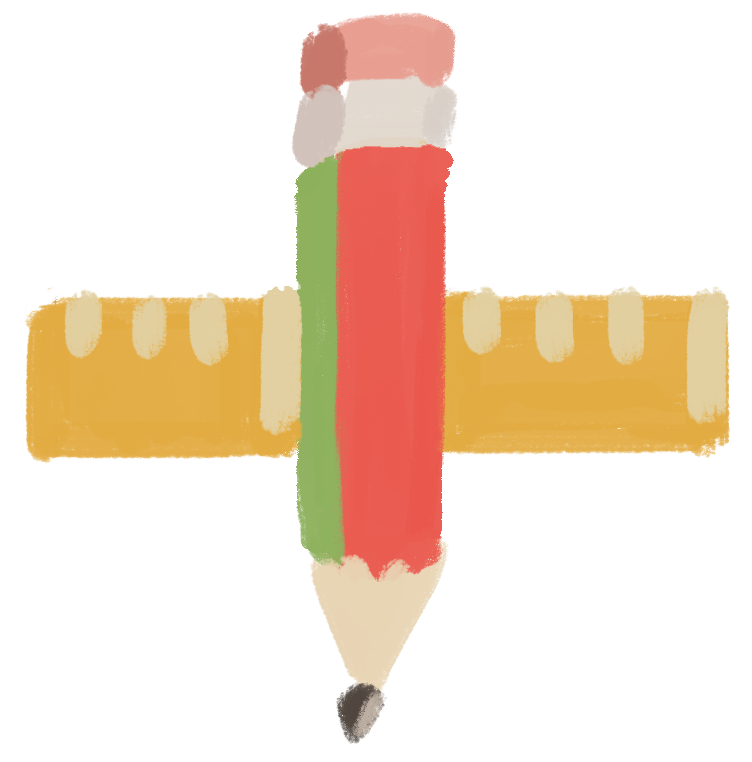All Fun and Games?
“You do so many fun things!”
“I saw what your class was doing yesterday. That looked like so much fun!”
“The kids looked like they were having so much fun!”
“Mrs. Peters, that was so much fun!”
“Are we doing anything fun today?
Like most people, I draw joy from compliments. As teachers, it really is meaningful to hear that your ideas and experiments are appreciated by others. I would never complain about words that are confidence boosters. It’s true and I would never deny it. I do love to have fun with my students.
However, over everything, I believe in meaning and connection.
In this post, I’m somewhat battling and defending fun simultaneously. As I mentioned before, I do enjoy having fun with my students. If a new teacher asks me what he or she needs for their first classroom I always, and with strong conviction, say laughter. We are teaching children-not robots. You must take delight in your days with them and strive to make the same true for them. Most of that goes without saying and this really isn’t an essay about relationships.
I’m looking to address the planning that goes into making meaning and connections to the curriculum for kids. My first priority when planning is not the same as my students. Their first priority is, and always will be, fun. That’s because it’s not their job to know the layers of learning, the scaffolding decisions, the integration of standards, or the representation of multiple skills. That’s my part. And frankly, it’s my favorite part- the educator and curriculum writer part. This is the stage where, as teachers, we get to capitalize on the skills we’ve acquired over the years. It’s the part where we get to draw on multiple facets of learning and build something from scratch, something that is specifically made for the kids and the ways they connect to modules of learning.
9 times out of 10 the best ideas come to me when I’m in the passenger seat and my husband is driving. I start building and thinking through ideas and then it feels like I’ll burst if I don’t get them out. My husband has been around me when planning often enough to know that he is my best sounding board. He’s recently told me he can tell when an idea hits. He also says these thoughts always come when we are on long road trips. Apparently, my fingers get very still on the keyboard and I stare out the window for a long while. He knows he’s about to hear everything when I gasp and my fingers start flying across the keyboard. If I’m not on my computer, a journal is my best friend. It looks like a bunch of chicken scratch, but I basically just write down any thoughts that come to mind all over the paper. I worry about the construction of the lesson later. (If the only thing you take away from this post is one thing, let it be that you need tons of small journals filled with blank pages. Keep one on your nightstand, in your car, on your desk, and in your backpack. Write down your thoughts and ideas for lessons as soon as they come to you!)
For example, I recently wanted to help my kids understand the need for interpreting and using decimals. I didn’t want a full-on room transformation, just something on a small scale. The students already had experience with decimals in the classroom and had a reasonable grasp on the topic. I always start by writing down ideas for the academic side and the engaging side. I try to start with thinking about how I use the skill. I also think about things that are current for the kids, a career in which they could use the skill, and something that everyone likes.
For this idea I started with:
-adding, subtracting, multiplying and dividing decimals
-money
-reading functional text
-Mexican food
-restaurant replenishment buyers
-word problems
-collaboration
These notes morphed into creating a day where we would pretend we were replenishment buyers for local Mexican restaurants. Students were given price lists and word problems to solve with their groups based on the provider’s prices. I had colorful fiesta decorations hanging around the room, Mexican music playing, and plates of tortilla chips for the middles of each table. The ownership they took of this responsibility was incredible. Each table represented a different restaurant and wanted to do the best for their clients. This is one teeny tiny example. Building units takes me much longer, but planning this day didn’t require hours or genius thoughts. It just required that I ask myself a few questions.
Questions I ask when planning an experience for the students, something more than a quick mini-lesson:
-What is the skill or skills we are trying to master?
-What real world experience, job, or career can we connect this to?
-What other subject area(s) can be integrated?
-What will cause them to take on a role of ownership?
-What’s relevant now?
and lastly,
-Will it be enjoyable?
If you visit my resources page, hopefully these questions are something you’ll notice in many of the items offered. I do want them to have fun with the lessons and experiences, but it’s honestly not my first priority. It is important to me that they connect their learning to good experiences. It’s just that fun isn’t at the top of my list. When students leave the classroom and say things like, “This is how I learn!” or “Thank you so much!” it pushes me to keep going. They undoubtedly have the fun they had at the forefront of their minds when making these comments. They don’t realize the new ways in which they applied their knowledge, but I do.
So again, while the compliments that my classroom is so much fun bring me happiness. I am first and foremost there to help them make meaning and connections. And when they do, it gives me fuel for the next day and the next day and the next.
Share your process with me. How do you build lessons and experiences from scratch? Where do you start? What inspires you?

